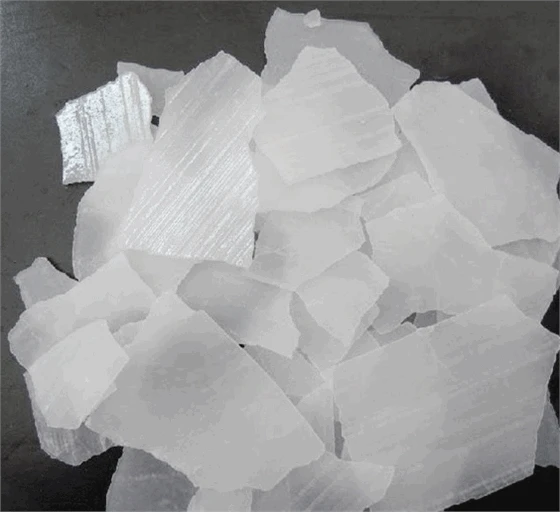



Exploring the Benefits and Uses of Chlorite-Based Salts in Various Industries
The Significance of Chlorite Salt in Modern Chemistry and Industry
Chlorite salt, a lesser-known but intriguing compound, plays a significant role in various chemical processes and industrial applications. While many are familiar with table salt—sodium chloride—chlorite salt, or sodium chlorite (NaClO2), holds its own unique properties and uses that make it an essential component in multiple sectors, particularly sanitation, disinfection, and water treatment.
Chemical Properties
Sodium chlorite is a yellowish-green crystalline solid that is highly soluble in water. It decomposes when heated, releasing oxygen and chlorine dioxide, making it a valuable oxidizing agent. This characteristic is vital, as chlorine dioxide is a potent disinfectant, effective against bacteria, viruses, and various pathogens. The compound's ability to release chlorine dioxide in a controlled manner allows for safe and efficient applications in several fields.
Industrial Applications
One of the most prominent uses of chlorite salt is in water treatment. The addition of sodium chlorite to water systems facilitates the generation of chlorine dioxide, which effectively purifies drinking water. This is especially crucial in areas where waterborne diseases are prevalent. Unlike traditional chlorination processes that can produce harmful byproducts, chlorine dioxide generated from sodium chlorite minimizes these risks, making it a preferred choice for many municipalities.
Moreover, chlorite salt is widely used in the paper and textile industries as a bleaching agent
. Its oxidizing properties help to achieve desired whiteness without the harsh effects associated with chlorine bleach. The textile industry benefits from sodium chlorite in producing bright and vibrant fabrics, which require careful handling and efficacy to ensure that the final products meet consumer standards.Agricultural Uses
chlorite salt

In the agricultural sector, sodium chlorite assists in disinfection and sanitation practices, especially for livestock and poultry. Its application helps manage pathogen loads on farms, reducing the incidence of disease and promoting healthier livestock. Farmers increasingly recognize the value of chlorite salt in their biosecurity protocols, ensuring that their operations run smoothly and sustainably.
Safety and Handling
While sodium chlorite is a powerful agent with numerous positive applications, it is important to handle it with care. Like many chemical compounds, it poses certain hazards, particularly in concentrated forms. Proper safety protocols, including the use of personal protective equipment and adhering to guidelines for storage and usage, are crucial to prevent accidents and ensure safe handling in any context.
Environmental Impact
Interestingly, sodium chlorite has a lower environmental impact compared to some other disinfectants and bleaching agents. Its breakdown products are generally less harmful, making it an attractive alternative for organizations and businesses committing to sustainable practices. Research continues into the potential applications and enhancements of chlorite salt, contributing to a growing interest in environmentally friendly chemical solutions.
Conclusion
Chlorite salt is an indispensable compound in today’s world, with wide-ranging applications in water treatment, sanitation, agriculture, and several industrial processes. Its efficient and safe disinfecting properties make it particularly valuable in a society increasingly aware of public health and environmental impact. As industries continue to explore sustainable practices, the role of sodium chlorite as both an effective and responsible choice is likely to expand, affirming its significance in modern chemistry and industrial applications. Understanding and leveraging this compound can lead to better health outcomes and a more sustainable approach to industrial processes, making chlorite salt worth attention in both scientific and commercial realms.
-
Why Sodium Persulfate Is Everywhere NowNewsJul.07,2025
-
Why Polyacrylamide Is in High DemandNewsJul.07,2025
-
Understanding Paint Chemicals and Their ApplicationsNewsJul.07,2025
-
Smart Use Of Mining ChemicalsNewsJul.07,2025
-
Practical Uses of Potassium MonopersulfateNewsJul.07,2025
-
Agrochemicals In Real FarmingNewsJul.07,2025
-
Sodium Chlorite Hot UsesNewsJul.01,2025










